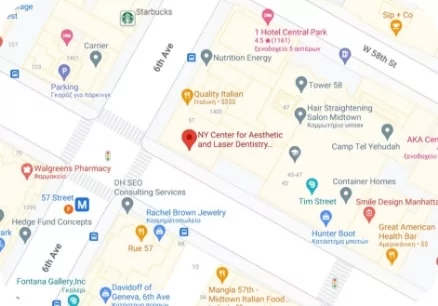The i-CAT Cone Beam 3D Dental Imaging System allows your doctor to provide quick, comfortable, and effective dental imaging for the most precise dental health diagnosis possible. i-CAT technology provides 3D data for:
- Dental implants
- Wisdom teeth extractions
- Impactions
- TMJ treatment
- Airway assessments and sleep apnea
- Full facial and jaw 3D images
You can take advantage of a more complete dental treatment with i-CAT imaging. Its innovative features include:
- One 20-second scan that provides your doctor with enough data for a complete diagnosis
- A safer diagnosis with less radiation than traditional CT scanners
- Increased comfort: patients are seated in an open environment with plenty of space
- Doctors can easily share the data with patients, so that patients can stay informed and are able to make educated decisions on their course of treatment
Our office is pleased to offer i-CAT 3D imaging to our dental patients. Come and see for yourself what it’s like to receive a more advanced, patient-friendly dental experience. Call us today to schedule your next dental exam.
Call our expert team at 212-371-1414 or contact us online for more information.



